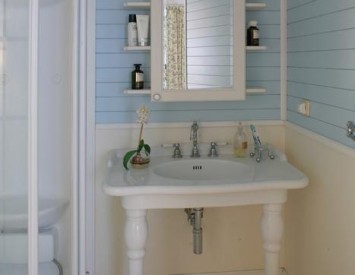Repair in the bathroom - it seems that it is very simple. In fact, a small room requires special attention. The room is constantly exposed to moisture and materials for its decoration are selected carefully, taking into account this factor. In addition, every owner of the house wants the bathroom to remain a place where you can not only accept hygiene procedures, but also receive aesthetic pleasure.
Content
Traditionally, tiles are used for facing the premises (article https://stroiremdoma.ru/kak-vylozhit-kafel-v-vannoj/), but often he needs a small cosmetic repair or just a desire to update the interior. In this case, the most optimal option is a self -adhesive bathroom film.
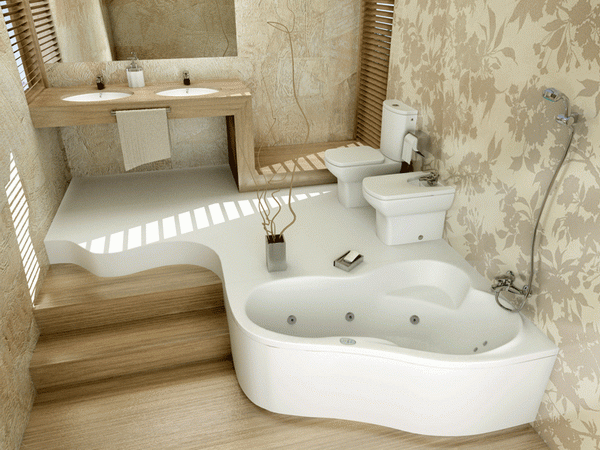
What is a self -adhesive film?
The front side of the material is PVC film, covered with a protective layer of polyester. This improves its operational properties and gives shine. The reverse side of the film consists of an adhesive base, which is covered with a layer of paper.
Bathroom Film - Dignity
One of the important advantages of the material is the ability to stick it on any surface, whether it is:
- tile;
- tree;
- glass;
- plywood;
- cork;
- drywall;
- metal;
- plaster, etc.
But it should be remembered that any surface before starting work on the glue of the film requires preparation. It should be smooth, without chips and irregularities - the material is quite thin and all defects will be very noticeable. This is especially true for light, uniform shades of material. If it has a colorful coloring, then irregularities will not be so noticeable.
In addition, the film for walls in the bathroom has other advantages:
- water resistance - a very important parameter for the bathroom;
- a variety of colors, ornaments and structures - when using the film for wall cladding, create an interior in a wide variety of styles;
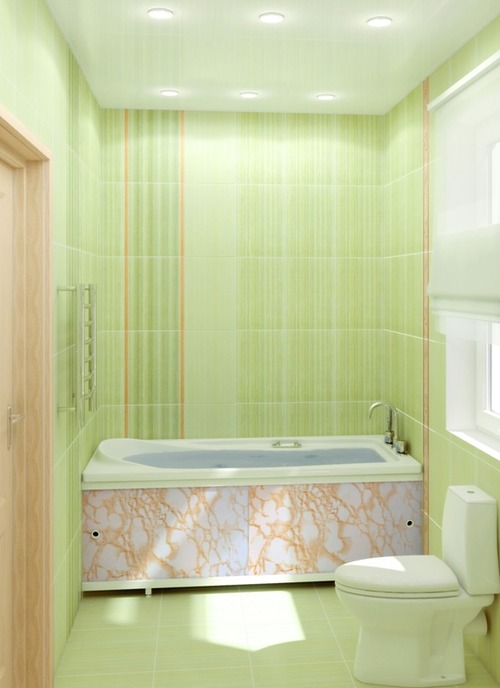
- the ability of the material to transfer high temperature;
- simple installation;
- lightness in care - the film is well washed with the usual soap solution;
- the price of the material is available to all consumers.
It should be borne in mind that with strong contamination of the film, the use of ethyl alcohol is allowed, but abrasive substances and solvents - gasoline or acetone cannot be used.
Material disadvantages
Like any other material, in addition to advantages, the film has its drawbacks:
- Water resistance. This parameter is necessary for the bathroom, but it does not allow the film to “breathe” - it does not miss not only water, but also air.
- Carrying out preparatory work to eliminate surface defects before installing the film - it should be smooth, clean and dry.
- Not a very long life. This factor sometimes negatively affects the choice of film as facing material, but it is worth considering the low cost of the film and the simplicity of its installation. This allows you to quickly and quickly update the interior of the room, which cannot be done when using other, more expensive materials.
Types of self -adhesive film
A film in the form of rolls with a width of 90, 67.5, 45 cm and a length of 2 to 15 m is available. The cost of the material depends on its size, structure and manufacturer.
There are several types of self -adhesive film:
- monophonic - glossy or matte;
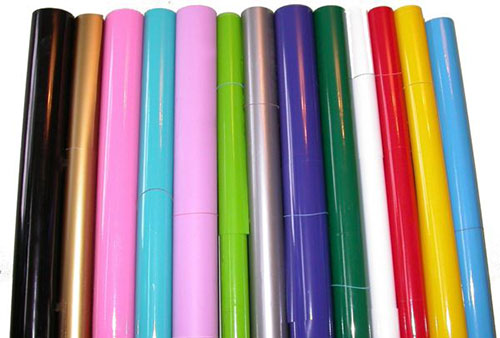
- decorative film for the bathroom - with various drawings, imitation of wood, fabric, tiles, etc.;
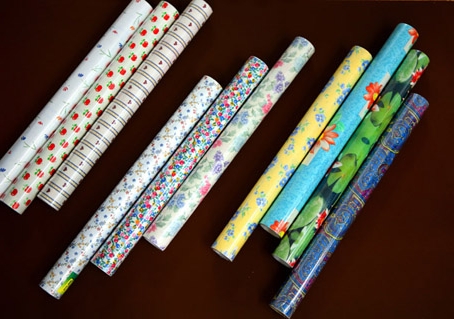
- metallized, including mirror;
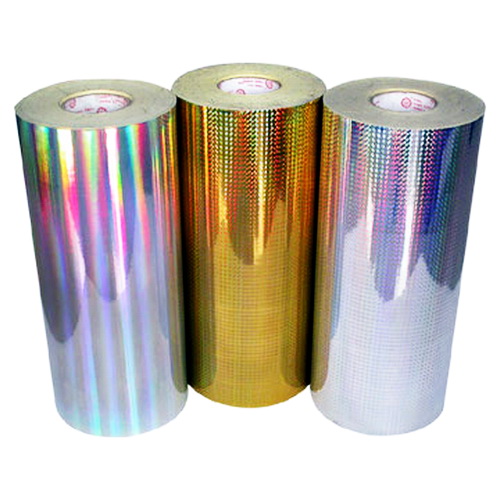
- fluorescent;
- with 3D effect;
- stained glass - transparent and shaded.
How to glue a bath with a film
Tools

To work on the installation of a self -adhesive film, the following tools will be needed:
- pencil;
- scissors or mounting knife;
- construction hair dryer;
- ruler;
- soft rubber or felt spatula or felt rocket.
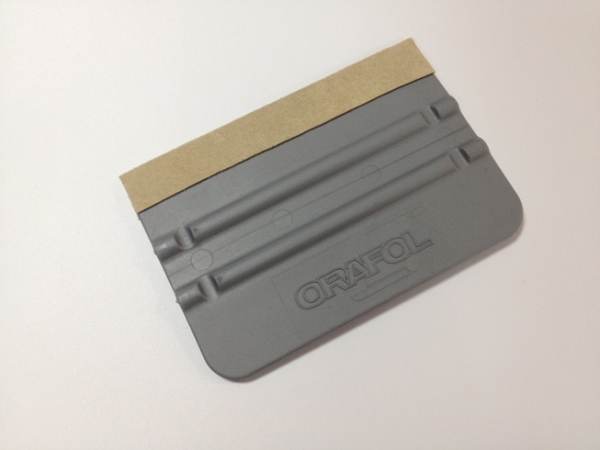
Surface preparation
- Cleaning and degreasing the surface.
- Alignment. The rough and cracked surface puts down and grinds.
- A primer coating - it is recommended to use acrylic material, it improves the adhesive ligament of the film with the base.
Preparation of the film
Before proceeding to cut the film, surface dimensions are measured. Places are planned with a pencil - this will accurately apply the material.
There is a marking on the protective paper substrate of the film, which allows you to accurately and carefully cut it according to prepared parameters:
- the necessary sizes are measured and marked with a pencil;
- the film is cut using a ruler and a mounting knife.
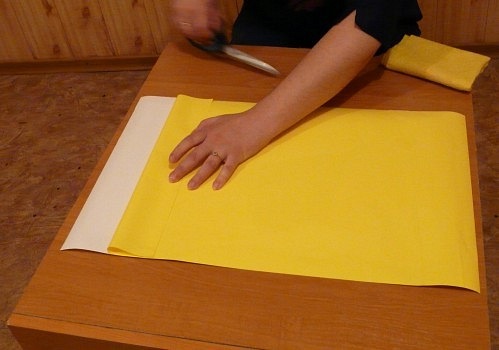
It is better to cut with a margin of up to 2.5 cm - then it is easily cut. If the film in the bathroom has a geometric pattern, then the marking is made on the front side, otherwise the integrity of the pattern is disturbed.
Playing the surface
On the back of the film shows the scheme of work on its sticker. Material installation is simple:
- The substrate is shortly (3-5 cm) separated from the upper part of the film.
- The separated part is glued to the surface and smoothed with a spatula or rocket.
- The substrate is gradually removed, and the film is smoothed with the other hand. This is done in the direction from the center to the edge of the canvas in order to expel air.
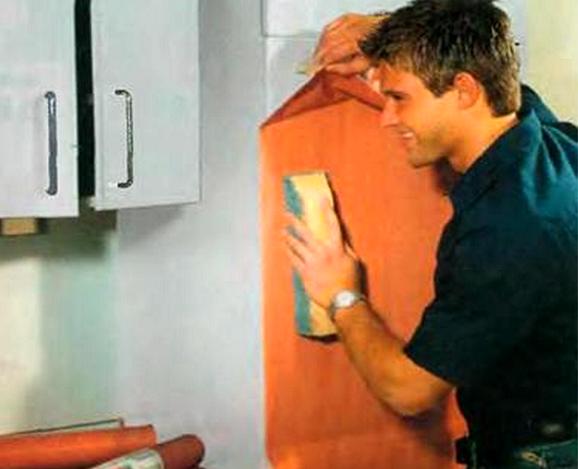
A few tips
- When gluing the corners, the film is cut at an angle of 45º, bend and smoothed.
- When facing rounded, convex parts, a construction hairdryer is used. When warming up, the film becomes more elastic and easily fits on such a surface.
- To get rid of air bubbles, they are pierced with a needle and the film is thoroughly smoothed.
- The film can be crossed within 1-2 hours-it dries for a long time.
- At the end of the work, the perimeter of the pasted surface, joints and angles are heated by the construction hairdryer.
- Glass and metal surfaces before gluing are slightly moistened with soap solution.
- When working with a large surface, it is treated for reliability with wallpaper glue.
- In order for moisture not to fall on the adhesive base of the coating, the seams of the film are covered with silicone sealant.
